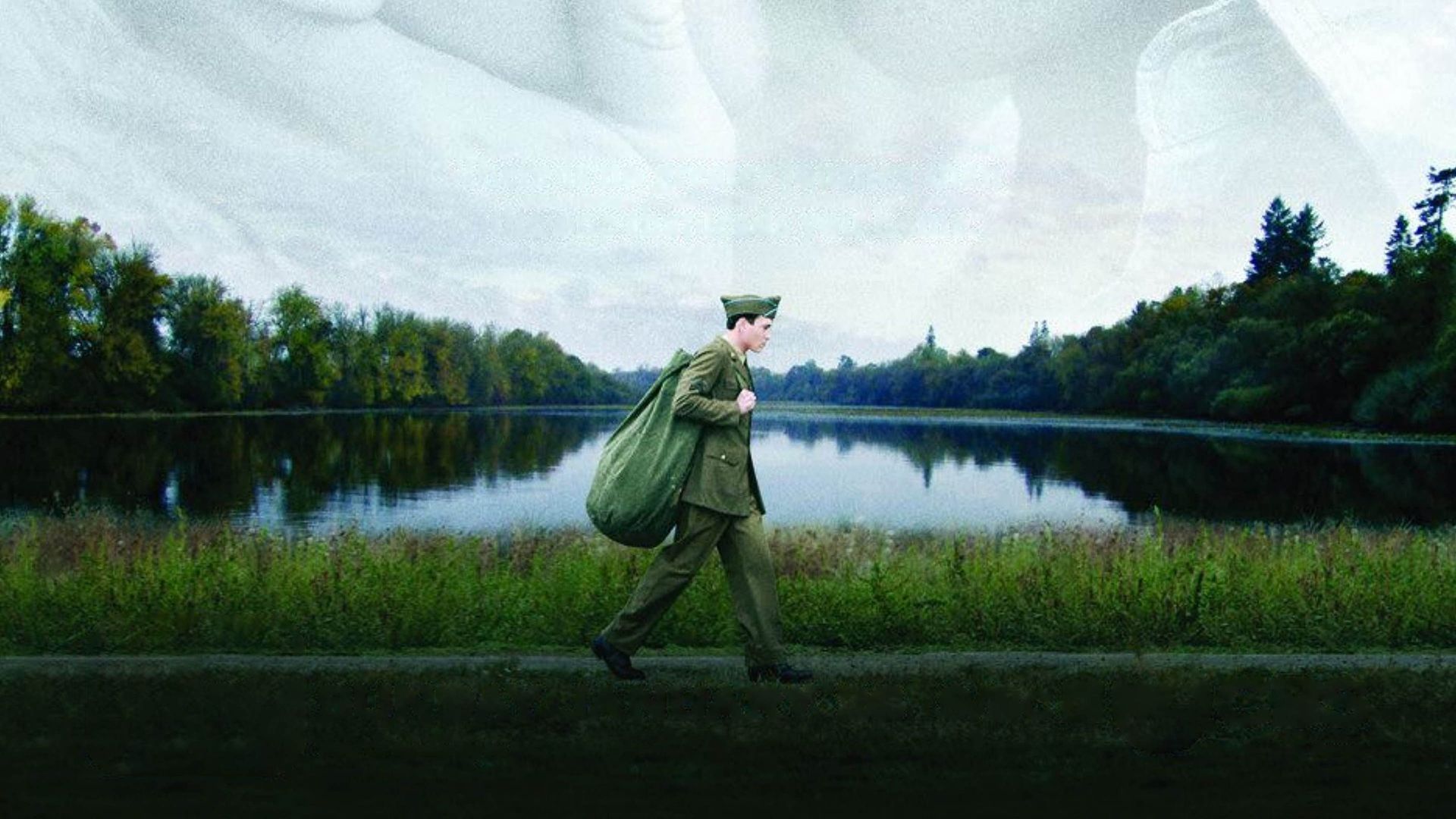We Are What We Are 2013: A Quiet Descent into Ritual and Horror
This video is age-restricted. Please click to watch it on YouTube.
We Are What We Are, directed by Jim Mickle and released in 2013, is a slow-burning horror film that trades cheap scares for emotional weight and creeping dread. A remake of the 2010 Mexican film of the same name, this American version takes a chilling look at family, tradition, and the horrifying consequences of blind faith.

Set in a rural American town soaked in rain and isolation, the story follows the Parker family, who live quietly on the outskirts of society. When the mother unexpectedly dies, the responsibility for maintaining the family’s secret ritual passes to her daughters, Iris and Rose. What begins as a sorrowful tale of loss quickly turns into something far more disturbing.
The Parkers are no ordinary family. Their traditions are rooted in ancient beliefs, passed down for generations in secrecy. As the town reels from flooding and the discovery of human remains, suspicion rises, and the family’s long history begins to surface.
Bill Sage gives a haunting performance as Frank Parker, the strict and devout father who enforces the family’s old customs with cold determination. Julia Garner and Ambyr Childers portray the daughters with a mix of vulnerability and quiet strength. Their inner conflict drives much of the film’s tension, as they are torn between loyalty to their father and the horror of what they are being asked to do.

The film moves slowly, with a heavy focus on atmosphere. The constant rain and muted colors create a mood of sadness and decay. The violence, when it comes, is brutal and shocking not because of what is shown, but because of what it represents. This is horror rooted not in monsters, but in human belief and inherited trauma.
We Are What We Are is not for those looking for fast action or typical jump scares. It is a somber, carefully crafted film that builds toward a conclusion both horrifying and strangely poetic. At its core, it explores how deeply tradition can shape identity—and how dangerous that legacy can become when left unquestioned.
This film lingers long after it ends. It asks disturbing questions about family, faith, and the cost of keeping old promises in a modern world.



